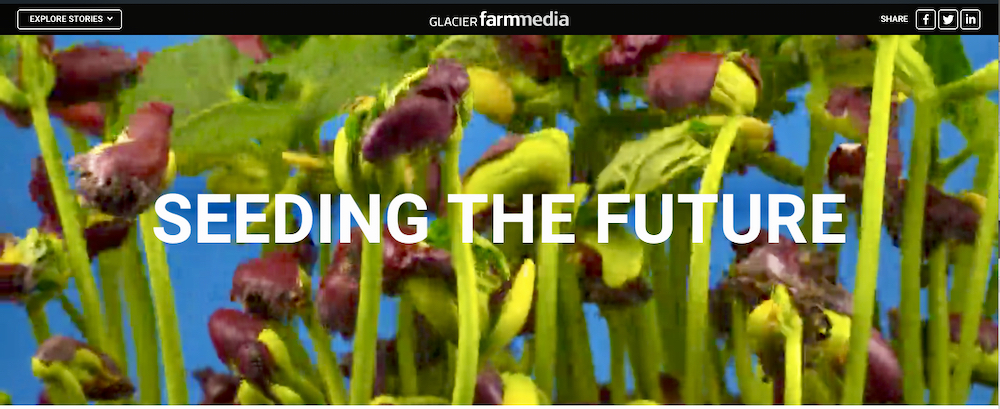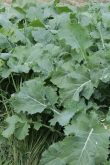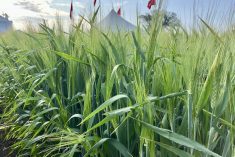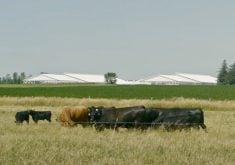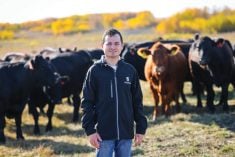If producers want to reap the benefits of grazing forested areas, they can’t ignore the balance needed for the health of these ecosystems.
Creating balance in forest grazing systems involves managing for risks, such as erosion, particularly in steep areas, soil compaction in places where cattle tend to gather and impacts on water quality if access to water sources aren’t well managed.
To avoid these risks, Jeff Braisher of Kingsclere Ranch watches for specific areas where the cattle like to congregate. “They can trample the roots of these trees, and especially if the conditions are wet underneath the forest canopy, and so sometime it invited disease into the trees,” says Braisher, who ranches near Golden, B.C. He’s found that mature trees are able to tolerate trampling by cattle a bit more than younger trees, and some species stand up to this better, too.
Read Also

What to know before you go to Agribition 2025
If you’re attending Agribition 2025, this is the place to find out about tickets, dates and what’s happening this year.
The age of the trees dictates how forested areas are grazed. While young trees offer the most forage production, care needs to be taken so they aren’t damaged at this stage.
“Young, juvenile trees that are somewhere between three feet and 10 feet tall, the cows actually really love those trees. They love to go hang out in those because there’s usually a lower canopy in those, and it breaks the wind for them and provides a bit of an environment for them to have some protection,” Braisher explains.
“That’s really hard on them, and so there’s places where, for instance, that we would love to be able to feed cattle near a water site in a field where we know that the field would benefit from the nutrients applied, but we’ll sometimes shy away from that just because of what the cows can do to the trees in those particular situations.”
If fall comes early and is particularly frosty, he’s found that the cattle like to bite off the tops of the young trees. “We try to avoid those types of situations in order to facilitate healthy tree growth, but at the same time the landscape without cows can be much more brushy and actually can suppress the evergreen species out of there.”

Similarly, grazing forested areas has allowed the Campbells of B-C Ranch at Dorintosh, Sask. to prevent the encroachment of willows and invasive species that would otherwise choke out their open pastures. “When I was a kid, they used to burn this country every spring. That was how brush control was done, and we haven’t done that here since probably the mid-‘80s,” says Mark Campbell. “When we quit doing that, there are places that we used to hay where the willows are now 10 or 15 feet high.”
Another important benefit of this system is fire suppression, as grazing decreases the amount of fuel on the forest floor. “All that fuel load becomes a major fire hazard, and it becomes almost unstoppable in these kinds of conditions that we’ve seen in the last number of years here,” says Braisher.
“As you get to these areas where the cows have been an integral part of the landscape, the ability to be able to control that fire actually increases.”
When determining how to make the most of integrating cattle into forested areas, Braisher recommends narrowing in on what you’re managing for. “We’re not managing strictly for cows, and nor are we managing entirely for trees in this particular case, and what we’re looking for is balance,” he says.
“We need to see good forest regeneration, we need to see those plants healthy, those trees healthy, and ideally we need to manage for it in a way that the grass is just healthy. Where we noticed things can go sideways a little bit is when you lose that environmental balance,” he continues, adding that being single-minded about just one aspect can lead to neither area thriving.
“When you look at the balance, then that’s really what contributes to the ultimate profitability of what we’re doing,” he says.
Like Braisher, the Campbells have found balance within their grazing system and holistic management, which encompasses grazing forested areas. This larger system allows them to raise cattle on a landscape where it wouldn’t be possible for three families to make a living ranching otherwise.
“We don’t want all trees everywhere, and we don’t want all open ground everywhere either,” says Campbell. “A year like this where we didn’t get any rain, our best grass was in the trees.”
More tips from BCRC for producers new to forest grazing:
- Learn about best management practices for your area and local or provincial regulations for grazing forested rangeland
- Assess the area in question for available resources before grazing in forested rangeland
- Graze a small area at first, monitoring the health of the forest as you go
- Manage grazing based on preferred ranges and groups of cattle better suited to particular areas (yearlings who can travel greater distances versus cow-calf pairs)
- Always have an alternate forage supply source
For more on agroforestry, see this story ‘The Unsung Matchmaker‘ from our Seeding the Future project. Check out the entire multimedia series at gfmdigital.com or by clicking the ‘Seeding the Future‘ image below.



